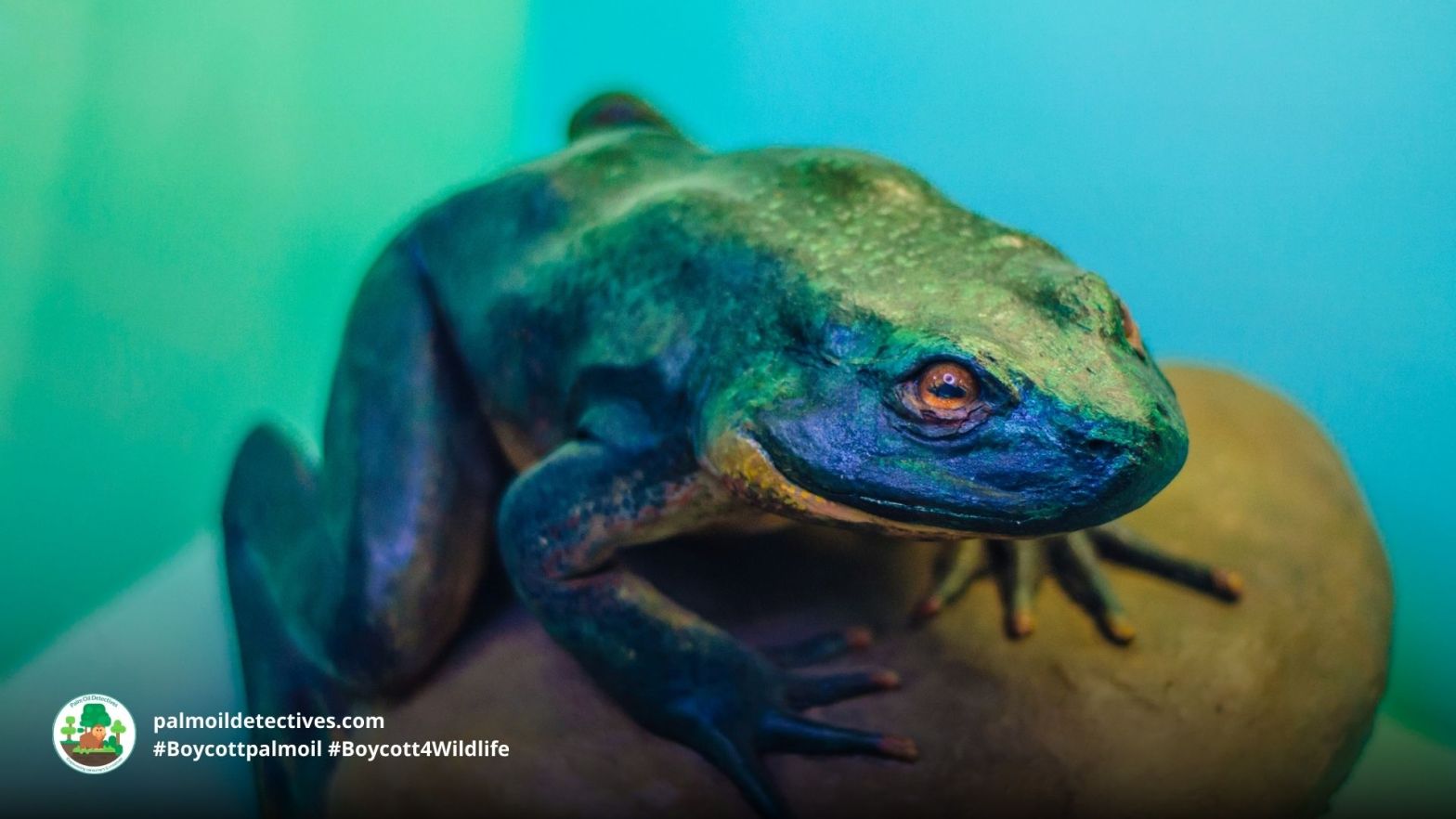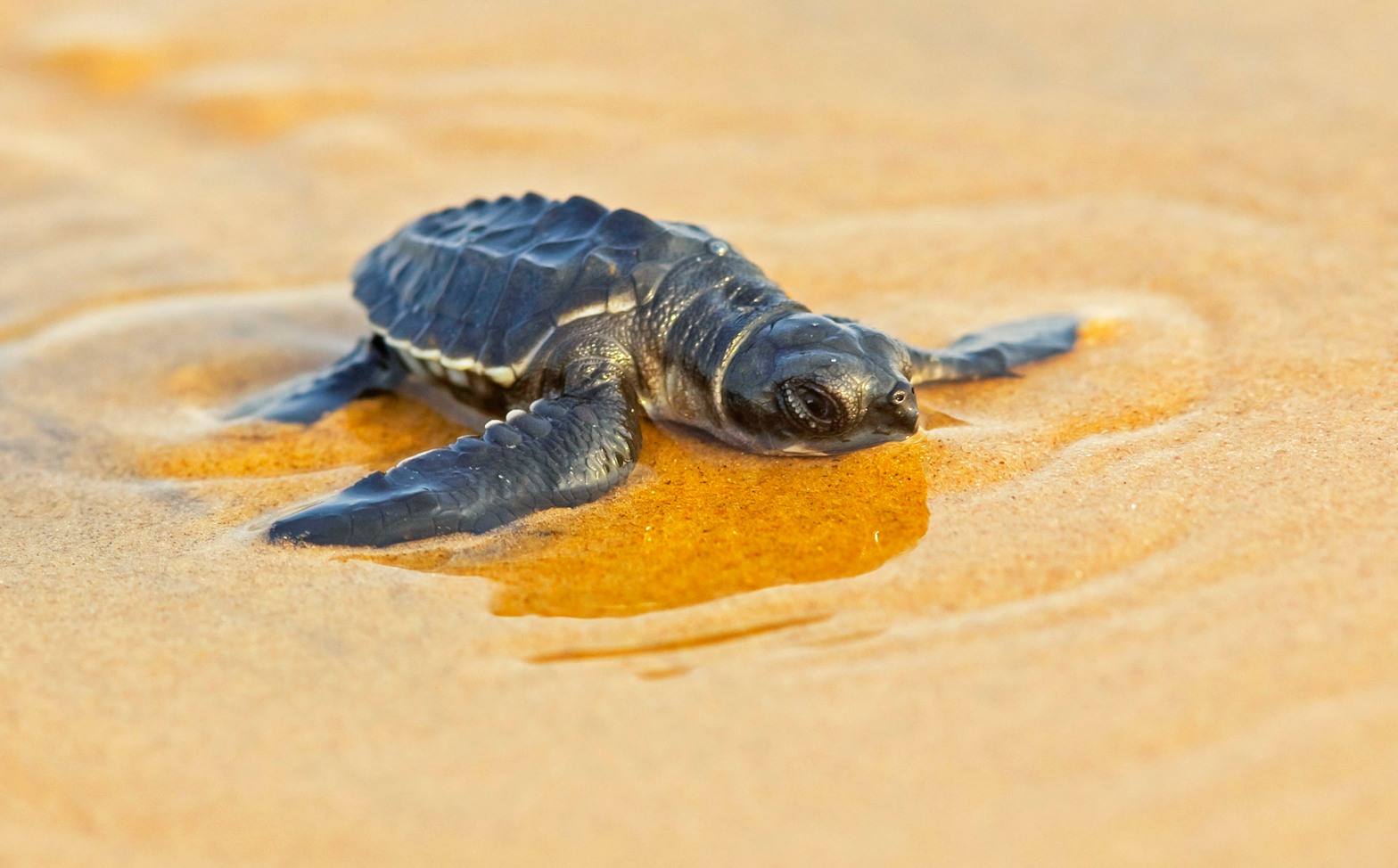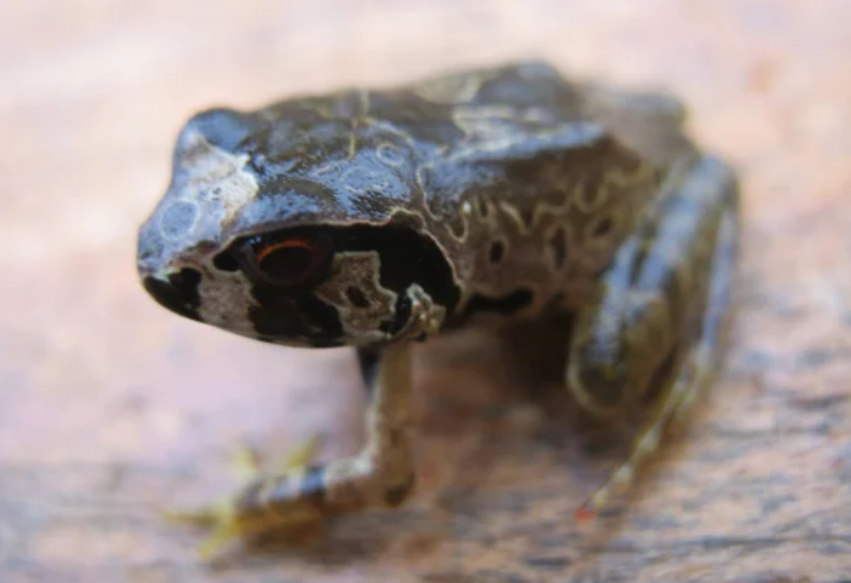Goliath Frogs are the largest frog in the world and can grow as large as a domestic cat. These muscle-bound #amphibians lift heavy rocks to build nests and protect their young. They face extinction from #palmoil #deforestation.
Their nesting and reproduction is hugely dependent upon access to clean, fast-flowing rivers – for this reason the encroachment of industrial scale palm oil, cocoa and timber deforestation and p0llution of rivers is a direct threat to the existence of the goliath frog. Help them every time you shop in the supermarket and #Boycottpalmoil #Boycott4Wildlife










